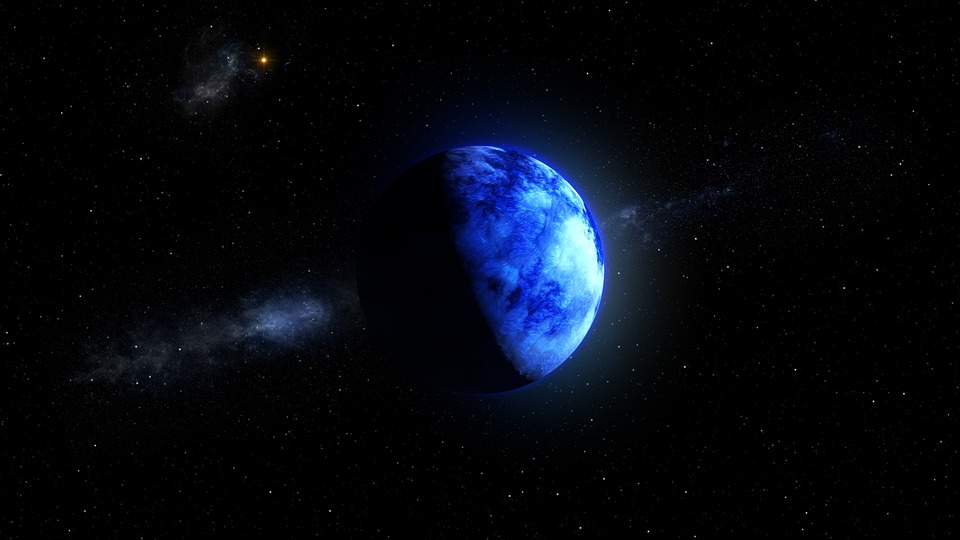4.54 Billion Years and Counting: Radiometric Dating Debunks ‘Fast’ Timeline Theories
The Earth is an ancient planet, with a history that spans over 4.54 billion years. This staggering figure is not just a rough estimate, but a scientifically established fact, confirmed by a method known as radiometric dating. This technique has been extensively used to determine the age of rocks, minerals, and other geological samples, and has consistently yielded results that support the theory of an old Earth.
Radiometric dating is based on the principle that certain isotopes of elements decay at a constant rate over time. These isotopes, known as radioactive isotopes, undergo a process called radioactive decay, where they spontaneously transform into other isotopes or elements. The rate at which this decay occurs is determined by the half-life of the isotope, which is the time it takes for half of the original amount to decay.
By measuring the amount of the parent isotope and the amount of the daughter isotope produced by its decay, scientists can calculate the age of the sample. This is because the amount of the daughter isotope is directly proportional to the age of the sample. The more time that has passed, the more daughter isotope will have been produced.
One of the most widely used radiometric dating methods is uranium-lead dating. This method involves measuring the amount of uranium-238 (U-238) and lead-206 (Pb-206) in a sample. U-238 decays into Pb-206 with a half-life of approximately 4.5 billion years. By measuring the amount of U-238 and Pb-206 in a sample, scientists can calculate the age of the sample.
But why is radiometric dating important? The age of the Earth is a critical factor in understanding the history of our planet, and the development of life on it. A young Earth, with an age of only a few thousand years, would not have had enough time to form the complex geological features we see today, nor would it have had enough time for life to evolve and diversify.
In recent years, some creationist groups have challenged the established age of the Earth, proposing that it is much younger than the 4.54 billion years supported by radiometric dating. These groups claim that the Earth is only a few thousand years old, and that the geological features we see today were formed as a result of a global flood.
However, radiometric dating has consistently debunked these "fast" timeline theories. The technique has been extensively tested and validated, and has yielded results that are consistent with the established age of the Earth. In fact, radiometric dating has been used to date rocks and minerals from all over the world, and has consistently yielded results that are consistent with the theory of an old Earth.
Image: A diagram showing the radioactive decay of U-238 to Pb-206, with the half-life of approximately 4.5 billion years.
FAQs:
Q: What is radiometric dating?
A: Radiometric dating is a method used to determine the age of rocks, minerals, and other geological samples by measuring the amount of radioactive isotopes and their decay products.
Q: How does radiometric dating work?
A: Radiometric dating works by measuring the amount of the parent isotope and the amount of the daughter isotope produced by its decay. The amount of the daughter isotope is directly proportional to the age of the sample.
Q: What is the most widely used radiometric dating method?
A: The most widely used radiometric dating method is uranium-lead dating, which involves measuring the amount of uranium-238 and lead-206 in a sample.
Q: Why is radiometric dating important?
A: Radiometric dating is important because it provides a way to determine the age of the Earth, which is critical in understanding the history of our planet and the development of life on it.
Q: Have there been any challenges to the established age of the Earth?
A: Yes, some creationist groups have challenged the established age of the Earth, proposing that it is much younger than the 4.54 billion years supported by radiometric dating. However, these challenges have been debunked by the scientific community, and radiometric dating has consistently yielded results that are consistent with the theory of an old Earth.
Q: What are some of the applications of radiometric dating?
A: Radiometric dating has a wide range of applications, including the study of the Earth’s history, the development of life on Earth, and the formation of geological features such as mountains and oceans.


